Bittersweet Radicchio Is at Its Peak Now
On a trip to northern Italy in 1977, Craig Claiborne, the New York Times food editor, “discovered” radicchio, and was delighted by what he described as the “crisp, bittersweet leaves.”
About three years later, it began showing up in New York restaurants and markets. It was the round, softball-size radicchio, now commonplace, that looks something like a small red cabbage.
But American cooks today will find quite a number of different radicchios, or chicories (radicchio is the Italian word for chicory) available at the market. Small, red-tipped endives; larger, narrow clusters of white or greenish stems with deep burgundy leaves; yellow-green cabbage rose heads speckled with red; pink rosettes; and flowerlike deep maroon bunches populate the category.
“A few of them are now cultivated in California, which makes them cheaper and fresher,” said T. J. Murphy, the chief executive of Baldor, a major produce importer and distributor. His company still flies most of them in from the Veneto region of northern Italy, where they have long been cultivated and also grow wild. “As the demand here grows, we’re looking to bring in other varieties,” he said.
Everyday round radicchio, a variety called radicchio di Chioggia, is available all year, though most radicchios are seasonal, with the best flavor and crispiest texture coming in colder weather. They’re at their peak now, in late winter and early spring. The season for Italian imports will wind down in April. The best assortment of Baldor’s radicchios is at Eataly stores, where they range in price from $3 to $32 a pound, though other markets, including Dean & DeLuca and Agata & Valentina, also sell them. Melissas.com also sells radicchio.
Their sturdy, refreshing crunchiness makes them excellent for salads that need not be served immediately, though a few, like radicchio di Castelfranco, are more fragile and should be used as you might butter lettuce. Many radicchios can also be roasted, sautéed and grilled.
Their most common characteristic, as Mr. Claiborne noted, is that edgy, bitter bite.
Taming the bitterness may lead a cook to seek a sweet counterpoint to dress the salad. Balsamic vinegar, which came on the American culinary scene in the early 1980s, coincidentally with radicchio, is a familiar choice. But it’s a flawed one, in my view. The best antidote for a bitter taste is salt. Think of how often a mushroom dish or foie gras, both naturally bitter, begs for a few grains of sea salt to mellow the flavor.
My favorite vinaigrette for a radicchio salad — made either with a single variety or a mixture — has anchovies and capers in it. I also reach for avocado to dice in the bowl for that soothing touch of gentle sweetness, or some tender baby spinach leaves for contrast. Italian restaurants often include some arugula for a flash of green, presenting a salad of red, green and white to suggest the Italian flag. Other additions to balance the bitterness may be blood orange segments, mâche leaves, some slivered fennel bulb or crumbled blue cheese.
















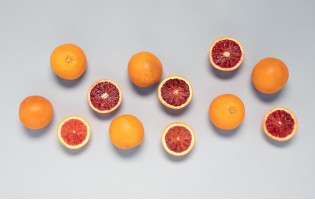
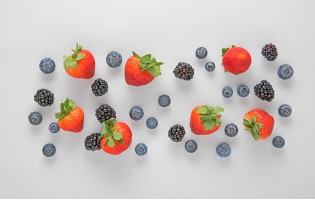




































































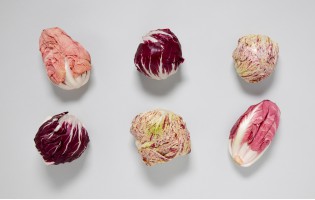
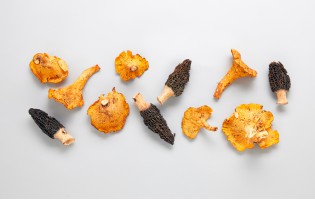



































































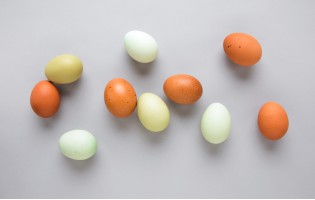




















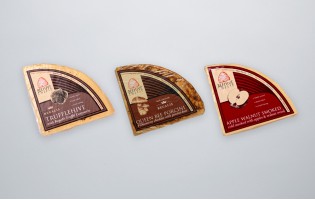
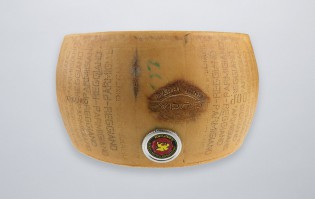
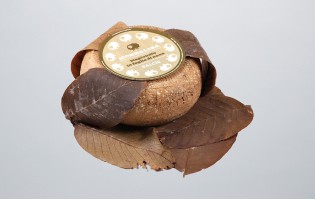






























 Fruits
Fruits  Organics
Organics  Vegetables
Vegetables  Fresh Cuts
Fresh Cuts  Meat & Poultry
Meat & Poultry  Grocery
Grocery  Dairy
Dairy  Cheese
Cheese  Bakery
Bakery  Seafood
Seafood 